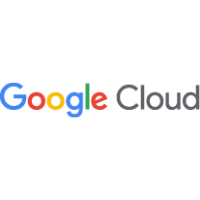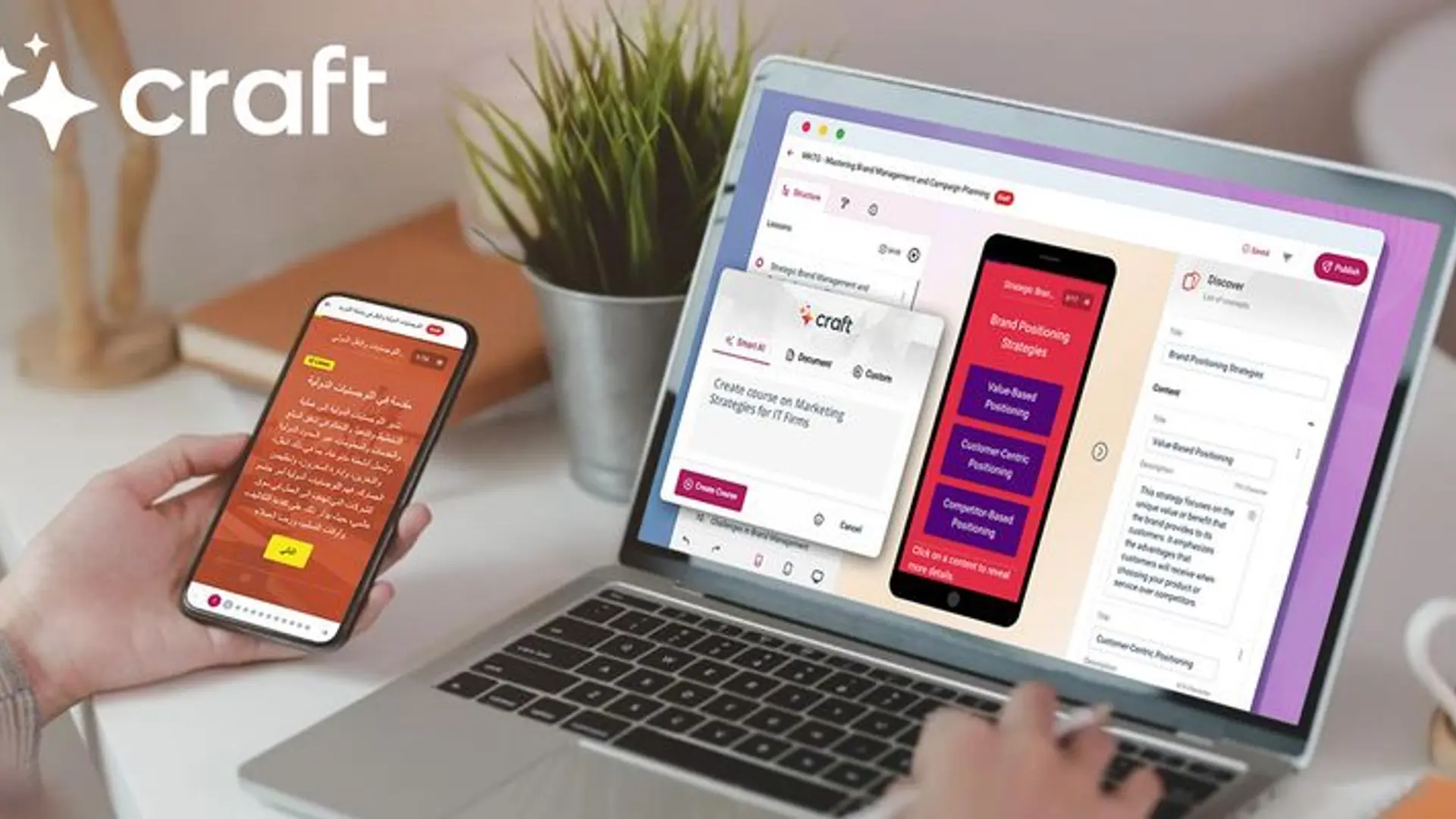
Google Cloud
View Brand PublisherDecoding what it takes to drive impactful customer experience in the age of automation
Companies are investing heavily in digitisation to track consumer behaviour as customer experience is enabling businesses to pre-empt problems, anticipate behavioural changes, and achieve customer satisfaction.
The Digital Pioneers Club CTO Roundtable series, hosted in association with Google Cloud had product management experts, customer engineers and CXOs, discussing how businesses are leveraging customer experience to level up their product offerings, beyond just meeting their expectations.
The roundtable featured Pritesh Jain, Head of Customer Experience, ; Vishal Gupta, Head of Product Management, ; Dharmesh Gandhi, VP and Head of Product, ; Abhishek Gupta, Chief Customer Officer, ; and Mitesh Agarwal, Director, Customer Engineering, Google Cloud India.
Delivering a differentiated customer experience
Today companies are competing on the basis of customer experience, opined CleverTap’s Abhishek, setting the stage for the discussion. “It has become extremely critical for brands to provide value to the customer at every single touchpoint,” he said. And, with digital adoption going up significantly from an end user standpoint, there has been an influx of data. With this shift, what has become important for businesses is the ability to harness this data and deliver extremely personalised and relevant end user experiences,” he added.
Drawing focus to the relevance of driving impactful customer experience in a dynamic sector like the financial services, PhonePe’s Vishal highlighted that the concept of customer experience is multidimensional, where customer support, assurance, and speed play a major role. “With 20 million registered users and 135 million active users, one in every five Indians use PhonePe. With a vast and diverse user base, it becomes super important to have a deep understanding of the various customer cohorts, tailor the experiences based on their needs, and deliver a seamless experience.” Here, he noted, because the experience is associated with their money, the anxiety levels are far higher and therefore unless the brand delivers a reliable experience, it cannot lead the market. “We have been able to lead the market with customer experience as our major differentiator,” he shared.
As in the case of PhonePe, the category that Cult.Fit belongs to forces the brand to think deeply about customer experience, noted Pritesh. “In fitness, motivation is key. And, there are a lot of hurdles that can affect the customer’s motivation. So as much as it is important to deliver a great experience at the centre, it becomes equally important to factor in nuances to enable them to reach the centres more easily,” he said. It was with this reasoning that Cult.Fit features made it easier to book classes, get weather and traffic updates, and get more members to use the product.
The need for humanisation of touchpoints
Bringing a different perspective to the discussion, CarDekho’s Dharmesh highlighted how an operations-intensive business segment that has human touch points involved at various levels , calls for taking a different approach to customer experience beyond just leveraging data-driven technology solutions. “A used car isn’t a commodity which people can look up online and buy. While we attempted that, we weren’t able to sell a single car completely online. So for us, customer experience is about creating the muscle to deliver the experiences reliably,” he highlighted.
Here, Dharmesh noted that placing the data in the hands of customer-facing employees would enable companies to pull off great experiences at scale and in a viable manner. “Sometimes, in high involvement buying processes like in the case of cars, even if you put all of the relevant data points online in front of the customers, they would still want to be assured by a real person. So it is critical for businesses to factor in the human nuances while adopting technology,” he stated.
Focus areas to drive impact
Mitesh pointed out that ‘disruption’ and ‘transformation' moved from being two key words to reality amidst the pandemic. He highlighted that the pandemic also saw the coming of age of assistance. “People expected more than information and answers from businesses. They expected the app, the product to provide relevant assistance to them at the right time and the way they wanted it. Whatever a business did on its app, had to meet the consumer needs,” he said. He added, in addition to delivering a differentiated customer experience, it had to be relevant to drive impact. “You could have a very differentiated experience but one that is not relevant to the user base and vice versa. So the two become very important. So, differentiation and relevance of a customer experience using technology, data and insights, will pave the course in the current times as well as forward,” he shared.
Optimising feedback loops for efficient conversations
Responding to customers on time when they leave feedback with a meaningful follow-up ensures that the customer is satisfied and the loop is closed. Since feedback loops act in real-time, they help in identifying problem areas that can be improved. Businesses not only gain accurate information but also understand subsequent issues that can be fixed. Pritesh explained how Cult.Fit has leveraged customer feedback by taking it to its product team to build new features and enhancements, which then positively impacts customer experience. He elaborated on how the app integrated features related to weather and traffic updates because disruption in weather and traffic was impacting the customer’s experience at the centre. He shared, “When you act on customer feedback and customers are able to see the impact, it transforms itself into a fuel encouraging more customer feedback. And, this has brought rich insights to the tech and product team.”
The roundtable saw the panelists drawing attention to how each of the startups are leveraging feedback loops to better their product experiences and offerings and also the challenges in gathering customer feedback, especially in cases where customers interact offline and online.
Future of customer experience
Personalised results delight customers, a lot more than automation, echoed the panelists. Abhishek said, “What customers are looking for is to be delighted. Merely meeting expectations is not acceptable to consumers anymore.”
Keeping this in mind, businesses will have to choose what to automate and what not to. As more and more customers are getting used to dealing with a mix of digital and human interaction, businesses need to focus more on what customers value. So, offering tailored customer experiences that are supported by automation, but not replaced, will help organisations achieve customer satisfaction.
With all the advancements in technology for gauging customer experience, the result of getting significantly smart is figuring out what people are looking for. Vishal shared, “Adaptability to new trends with respect to customer requirements and stitching all their needs together with the help of technology, is the real magic.”
Mitesh agreed and added in addition to the ability to adapt to the changing business environment to stay relevant, businesses will be required to onboard a cloud that is secure, smart and provides businesses the freedom to develop and deploy the way they want. He said, “Google Cloud is a transformatory cloud. We consider ourselves the most open cloud. If you look at collaboration, whether with our workspace tools or the interface that we are having today with Google Meet, security and sovereignty is at the centre of everything that we do.” He added, when businesses talk about automation, there is a lot of reference to being AI and ML driven. “What we've done here at Google is we made AI and ML part of everything that we do. So, our cloud components are intelligently connected to machine learning algorithms by default. This gives businesses the ability to quickly adapt to the customer experiences that will continue to evolve,” he shared.
The panelists concurred that human interaction plays a key role in customer experience and the future will see a healthy mix of human and digital interactions.







